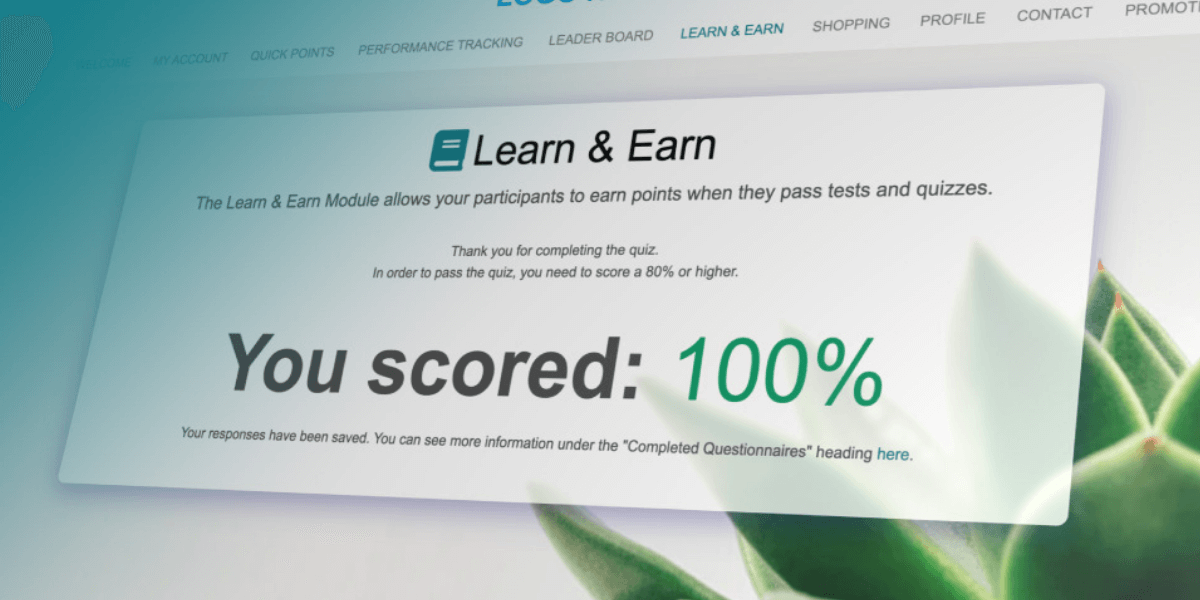Welcome to the third and last of my “three E’s of channel management” blog series! Previous pieces covered the first two e’s: experience and engagement. Now let’s talk about e number three: education. Even if your channel partner experience and engagement cylinders are firing, channel management requires channel partner education to succeed. If you don’t view sales resources and training as an ongoing, continually improving process, you’re not being the best channel partner you can be. Improve your channel partner engagement approach with these strategies:
Sales Enablement
Sales enablement begins with providing your channel partners the resources they need to sell your products and services. That’s only part of the equation, though. Especially in an age where channel partners are inundated with information both business and personal, it can become difficult to keep up with the resources they need from you. That bring us to the second, essential piece of channel sales enablement: an efficient process.
Find out from channel partners what information they need, when they need it. Let them walk you through their interaction with buyers. From there you have several options in directing the resource or information flow:
Segmentation
Use the segmentation strategies previously mentioned to group channel partners and resources so they can access only what they need, limiting confusion.
Resources and Enablement
Create a searchable, online resource library so channel partners can find what they need. Many businesses create internal Wiki pages as training and information hubs, the benefit being that the Wikipedia format is familiar and easy to navigate for most people.
Channel Marketing Technology
Use channel marketing or management technology to set up channel partner communication or marketing campaigns triggered by events. When your channel partners onboard a new customer, for example, it could trigger software to automatically send an email with welcome materials and product overviews. This way, you can directly send channel partners resources in manageable amounts, at the time it’s needed.
Sales resources such as product specs, videos, webinars, and case studies empower and enable your channel partners to confidently sell and market your brand. Along with these sales enablement resources, make sure you create processes that prevent channel partners from getting lost in the data.
Training Incentives
Training may not be the most glamorous part of partner relationship management, but it’s one of the most important. Luckily, you can use incentive technology to make channel partner training more engaging and effective. The benefits include:
Repetition
You can quickly create and update training content, then deliver it immediately and repeatedly to keep knowledge fresh. This repetition helps channel partners overcome something called the Ebbinghaus Forgetting Curve. the tendency to forget information often within days or weeks if not “relearned“ repeatedly.
Multimedia Content
The power to add videos, images, webinars, and other media to your training plan makes it more effective. Recontextualizing training in different scenarios and formats makes it more interesting and helps people retain it.
Instant Incentives
Immediately rewarding channel partners for completing training psychologically reinforces a connection between the pleasure of the reward and the act of training. This compels greater training participation and can even make training more enjoyable on its own.
Well-educated channel partners are more confident, engaged, and high-performing. It’s in your best interest to get them the information they need—remember, you’re their best source for this!
This concludes my “three E’s of channel management” series! I hope it’s been entertaining and enlightening! As channel brands move into new ways of doing business and new distribution channel structures, it’s important to revisit and update the ways you manage and interact with your channel partners. Most importantly, make sure you know how your channel partners define the three e’s. While a Linkedin community may be engaging and exciting for some channel partners, others may prefer to interact at in-person events, on social media, etc. Not every industry or channel is the same, which is the beauty of marketing and managing channels—a strategy tailored to your specific audience is more effective and impossible for competitors to replicate.



